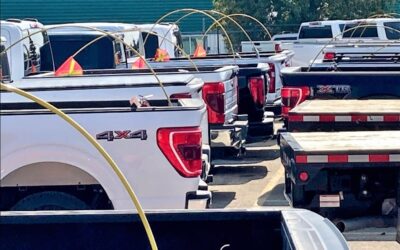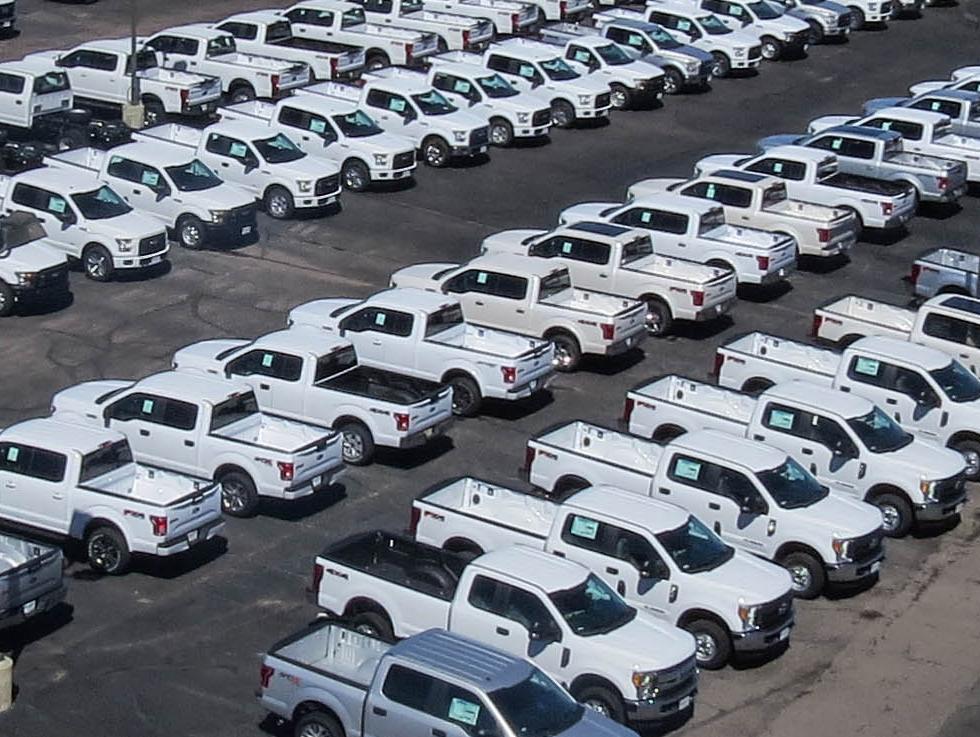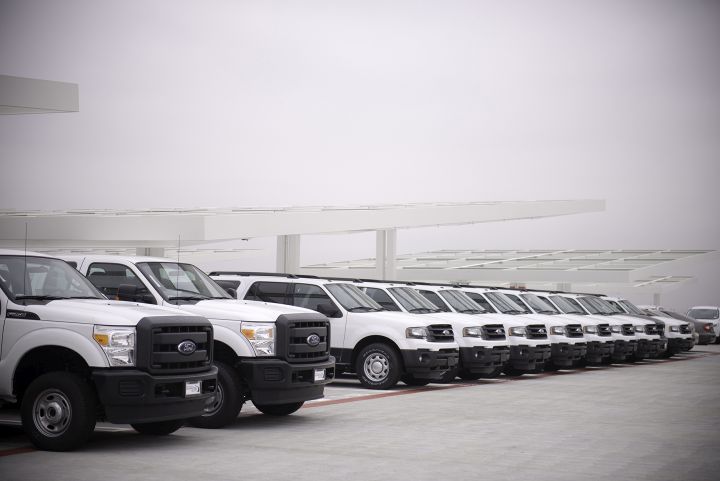Why Leaders Are Shifting from Owning to Leasing
For decades, fleet ownership was a badge of success.
Owning every vehicle meant control, stability, and proof that the company had “made it.”
But times have changed.
Today, leading companies—from construction firms to utilities and energy providers—are realizing that ownership can actually hold them back. They’re choosing fleet leasing instead. And it’s not just about saving money—it’s about strategy.
The Shift: From Assets to Agility
When the economy changes as fast as it does now, agility beats accumulation.
Owning your fleet ties up capital and locks you into long-term commitments that may not match next year’s workload—or next quarter’s priorities.
Leasing, on the other hand, offers something ownership can’t: freedom to adapt.
Businesses can scale fleets up or down as demand changes, upgrade vehicles more frequently, and offload maintenance headaches—all while keeping financial flexibility intact.
Instead of managing aging trucks, they’re managing growth.
1. Capital Efficiency: Cash Where It Counts
The biggest reason for the shift is simple: cash flow.
When you buy vehicles, you convert liquidity into metal.
Every truck, van, and utility vehicle becomes a depreciating asset sitting in the yard—tying up working capital that could be reinvested elsewhere.
Leasing changes that equation.
By treating vehicles as operational expenses rather than capital assets, companies preserve cash for what actually grows the business—hiring, technology, safety programs, or expansion.
It’s a model that mirrors what companies already do with technology.
Few businesses buy servers anymore—they subscribe to cloud platforms that scale with their needs. Fleet leasing works the same way.
You don’t lose control—you gain agility.
2. Predictable Costs in an Unpredictable Market
Fleet budgets used to be easier to forecast.
Today, maintenance costs, parts availability, and resale values are volatile.
When you lease, those variables flatten out.
Predictable monthly payments make it easier to plan annual budgets and avoid the hidden costs of ownership—major repairs, downtime, and replacement cycles.
At Summit Fleet, clients often discover that their total cost of ownership (TCO) on a leased vehicle is lower than what they spent maintaining older assets—especially once downtime, depreciation, and interest are factored in.
Predictability isn’t just a financial perk; it’s a planning advantage.
It allows decision-makers to think strategically, not reactively.
3. Operational Focus: Less Admin, More Uptime
Owning a fleet means managing it.
That includes sourcing vehicles, scheduling maintenance, tracking compliance, and dealing with breakdowns—all of which drain resources and attention from the core business.
Leasing shifts that burden off your plate.
A true fleet management partner handles procurement, upfitting, maintenance scheduling, and even roadside assistance.
If a vehicle goes down mid-route, replacement coverage and vendor coordination happen automatically.
The result?
Your people focus on projects and productivity, not paperwork.
That’s why forward-thinking leaders view leasing as an extension of their operations team—not just a financial tool.
4. Built to Scale with Seasons and Projects
Few businesses operate on a flat calendar anymore.
Demand spikes. Projects surge. Seasons shift.
Leasing gives you the flexibility to scale fleet size with the rhythm of your work.
Need ten extra vans for a six-month project? Done.
Need to scale down for winter? No penalties, no stranded capital.
This elasticity is especially valuable in industries like construction, oil and gas, renewable energy, and government contracting, where demand cycles are unpredictable and asset utilization can swing dramatically month to month.
When your fleet can move as quickly as your business, you’re positioned to seize new opportunities instead of sitting on depreciating assets.
5. Access to New Technology and Greener Fleets
The world is moving toward cleaner, smarter mobility—and that transition is accelerating.
From electric pickups to advanced telematics and driver-safety systems, new vehicle technology is arriving faster than most ownership models can absorb.
Leasing gives you the ability to modernize without the risk of being stuck with outdated equipment.
When technology improves, you upgrade—just like you would with your phone or software.
For companies with sustainability goals, leasing also offers a low-risk path to begin integrating EVs and hybrid vehicles into the fleet.
You can test, scale, and refine your green strategy without overcommitting or overpaying.
Summit Fleet, for example, supports phased electrification plans that align with your existing operational mix—helping clients meet both environmental and economic targets at once.
6. A Simpler Path to Compliance and Reporting
As fleet regulations tighten—especially for DOT, emissions, and electronic logging—administration can consume entire departments.
Leasing consolidates compliance into a managed program.
Fuel cards, telematics, mileage logs, and safety inspections all integrate into a single reporting system.
That means fewer vendors, cleaner data, and faster decision-making.
Fleet managers can view total utilization, maintenance events, and driver behavior in one dashboard—turning compliance from a cost center into a competitive advantage.
7. A Strategic Partnership, Not Just a Contract
The most successful leasing programs aren’t transactional—they’re relational.
A strong leasing partner doesn’t just provide vehicles; they help you think strategically about lifecycle planning, asset rotation, and cost control.
They learn your business, anticipate your needs, and build solutions around your growth—not around their inventory.
Summit Fleet’s approach is exactly that.
We act as an extension of your leadership team, providing analysis, guidance, and real-world expertise that helps fleets perform smarter at every stage of their lifecycle.
The Bottom Line: Control Through Flexibility
Owning your fleet once meant control.
But in a fast-moving economy, true control comes from flexibility—the ability to adjust, adapt, and stay financially agile.
Leasing gives leaders the power to do just that.
It turns vehicles from depreciating assets into dynamic tools of growth, balancing cost predictability with operational strength.
That’s why more executives—from regional contractors to nationwide service providers—are making the shift.
Because in the new economy, it’s not about what you own.
It’s about how quickly you can move.






